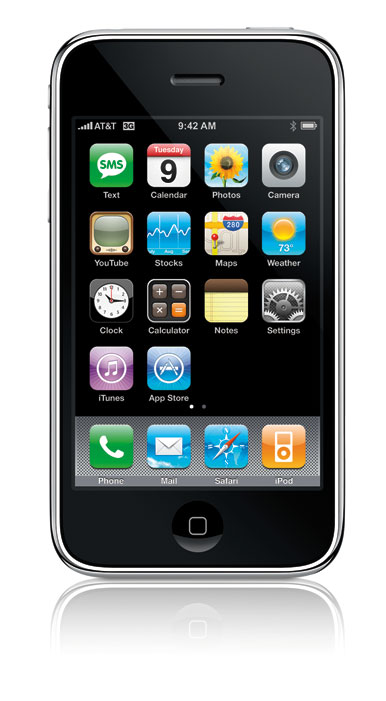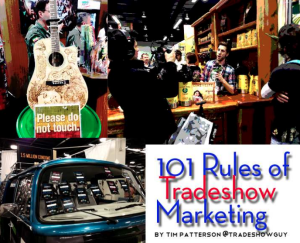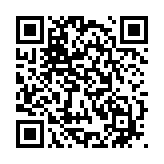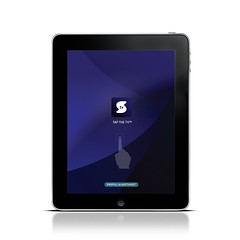Losing Your Smartphone – What Next?

When you carry a smartphone, it’s sometimes easy to forget that you’re carrying a lot of information that thieves would love to get their hands on: phone records, contacts, email passwords, social networking profiles with username and passwords, access to online banking and passwords…and much more.
Just knowing that makes you a little more aware when you’re bopping around your house or town or your job.
But what about when you’re in a faraway city at a convention or tradeshow? You’re one of millions of folks out there on the road every year with a smartphone and those thieves and hackers are looking for you to make a mistake. You set the phone down momentarily at a restaurant or check-in counter at a hotel and the next thing you know it’s gone. When travelling, you’re much more susceptible to theft for the simple reason that your attention is often elsewhere: you’re in a strange place; you’re trying to do things you normally wouldn’t do (find a rental car or shuttle or check into a hotel; read a map, catch a train, etc). Once in Chicago a couple of years ago I actually left my phone on the taxi. The driver had given me his car and it took a few moments to track him down and have him bring it back…so I was lucky!
But if you lose your smartphone, what now?
Before that happens, educate yourself to the dangers of either losing your phone or getting it hacked. Read articles such as ‘Smartphones: The New Hacker Frontier”
Everyone should have security apps for a their smartphone. Here’s a collection of those apps for smartphones, netbooks, laptops or PDA’s.
PC World had a very useful article on keeping your smartphone safe recently.
If your phone is stolen, one option would be to remotely wipe the data off of your phone. Most phones also allow you to require a password when the phone is started up.
There are apps that help you track a stolen iPhone, too. In fact, iLocalis is considered a great app for doing just that. EHow also offers an article on ways you can track a stolen smartphone.
Bottom line: Don’t lose your smartphone! It’s not just a phone. It’s a lot of your business and personal life wrapped up in a small, easy-to-misplace package. And the more prepared you are to deal with accidentally losing it, the better off you’ll be if it actually happens.









